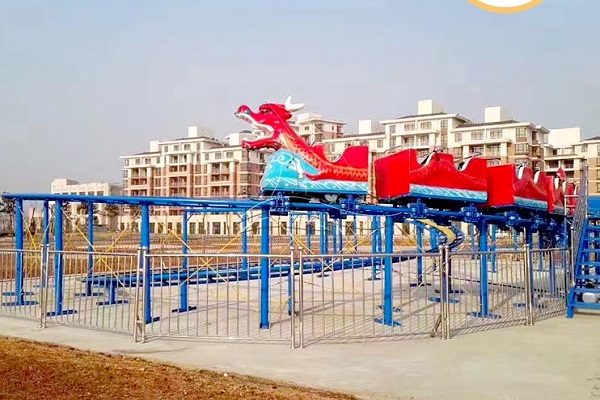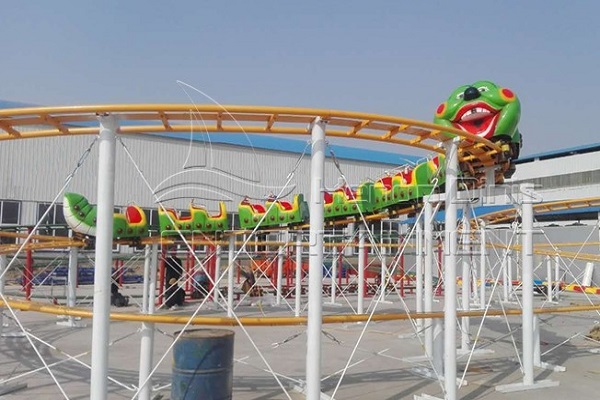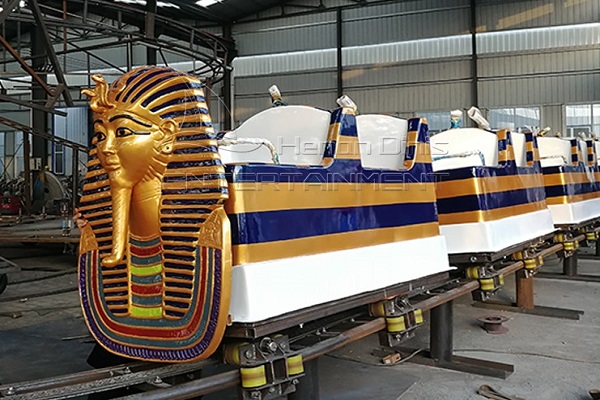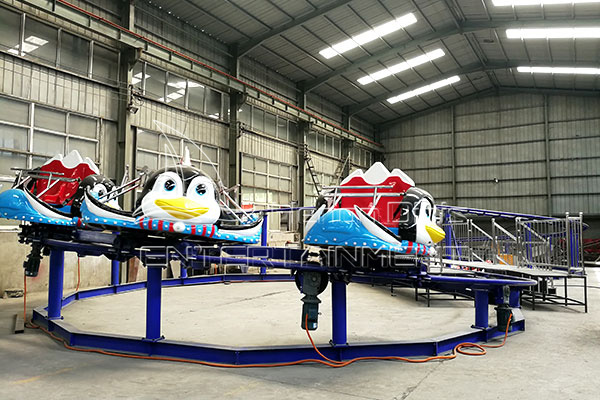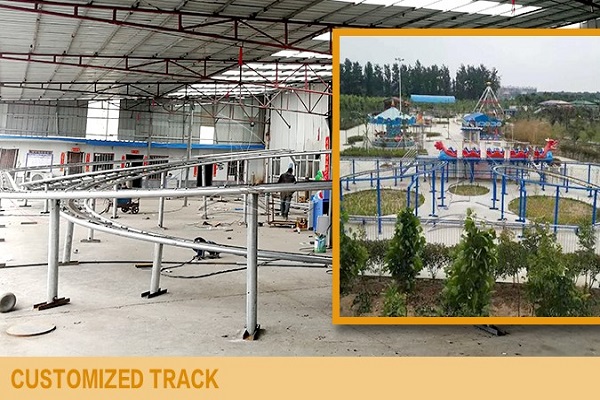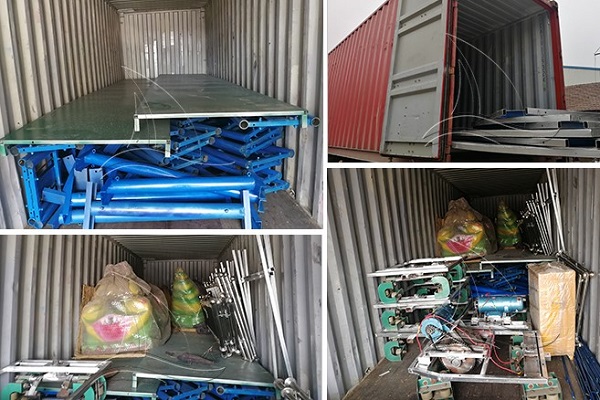A roller coaster is an entertainment facility with high-speed motion and exciting experiences. So, how a roller coaster works? If you’re shopping for a roller coaster for your amusement park, you can start by learning how it works. How it works involves several concepts and principles from physics. We are a professional manufacturer of amusement equipment. Here we explain to you how the roller coaster works.
Principle
The working principle of the roller coaster is based on the law of energy conversion and conservation. The high-speed motion of the roller coaster is due to the conversion of potential energy into kinetic energy. The kinetic energy is then converted into other forms of energy.
How a roller coaster works? How a roller coaster works involves multiple principles of physics, including potential energy, kinetic energy, gravity, track design, and braking systems. Our roller coasters deliver exhilarating and thrilling experiences. So if you are buying carnival roller coaster or water park coaster, you can contact us. We will provide you the best roller coaster. At the same time, we will also give you the best price. Look forward to cooperating with you.

